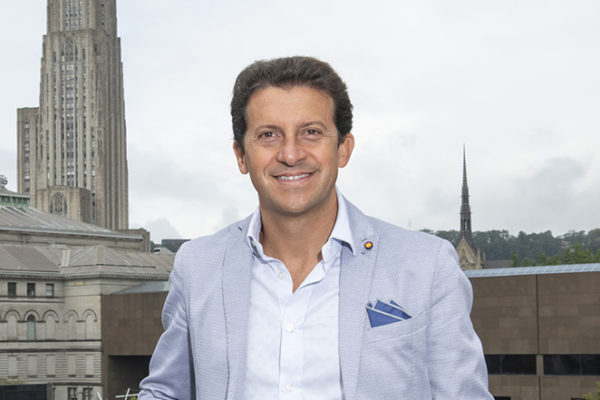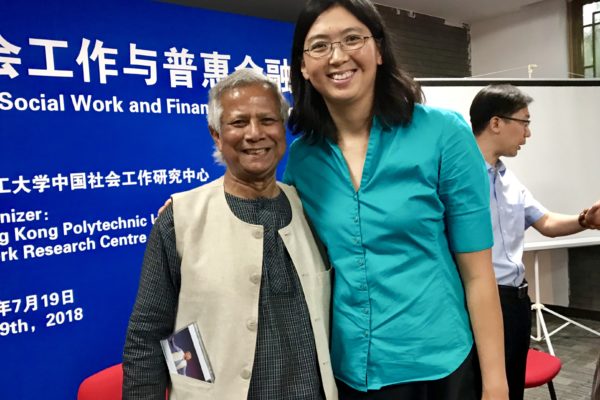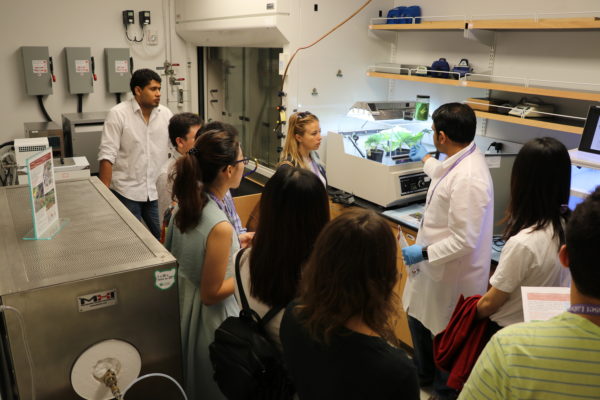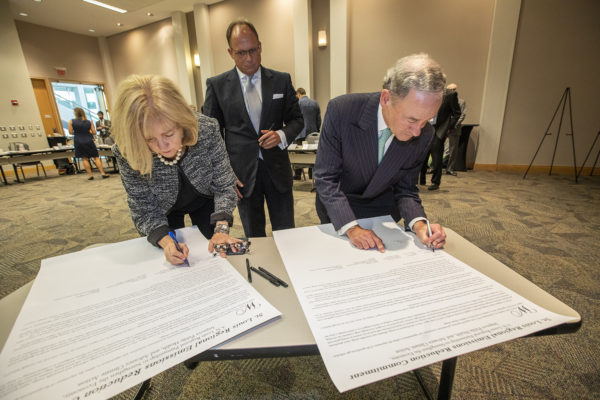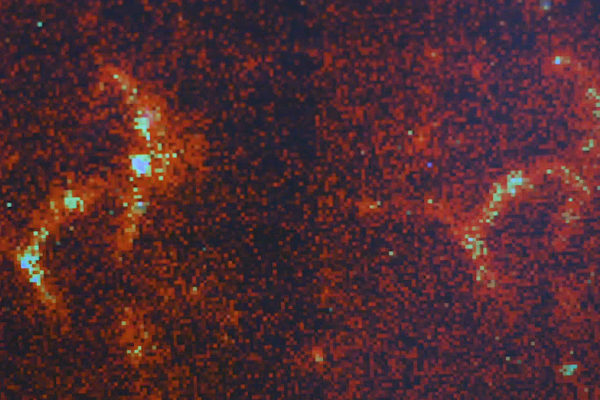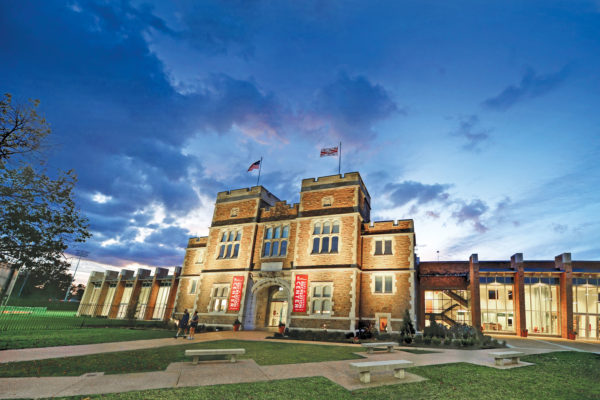Sinopoli named chair of Preston M. Green Department of Electrical & Systems Engineering
Bruno Sinopoli, a renowned expert in cyber-physical system and control systems, has been named chair of the Preston M. Green Department of Electrical & Systems Engineering in the School of Engineering & Applied Science at Washington University in St. Louis, effective Jan. 1.
Washington University researcher meets with Nobel Peace Prize recipient
Washington University in St. Louis is committed to collaborating with global partners to address some of the world’s greatest challenges. A recent meeting in Beijing illustrated that commitment, with the focus on lifting people out of poverty.
Pappu named 2019 Biophysical Society Fellow
The Biophysical Society recently named a bioengineer from Washington University in St. Louis, Rohit Pappu, as one of its 2019 Society Fellows.
Research comes full circle at International Aerosol Conference
More than 1,500 of the world’s preeminent aerosol scientists gathered in St. Louis for the 10th International Aerosol Conference. The School of Engineering & Applied Science helped organize the meeting and presented talks on a wide range of aerosol topics: from air quality and pollution, to better drug delivery for cancer patients.
International coalition, regional partnership tackles climate change
Washington University in St. Louis is now a member of the University Climate Change Coalition or UC3, a network of research universities dedicated to accelerating climate change solutions. As part of its commitment, the university recently partnered with regional leaders to collaborate for a greener, cleaner St. Louis.
Lime arrives at Washington University
Washington University in St. Louis is now partnering with Lime to bring bike sharing to campus.
Machine learning used for helping farmers select optimal products suited for their operation
Washington University in St. Louis, in partnership with The Climate Corporation, a subsidiary of Bayer, are working to explore unique new technologies to advance the science behind hybrid selection & placement.
‘Blink’ and you won’t miss amyloids
Tiny protein structures called amyloids are key to understanding certain devastating age-related diseases, but they are so minuscule they can’t be seen using conventional microscopic methods. A team of engineers at Washington University in St. Louis has developed a new technique that uses temporary fluorescence, causing the amyloids to flash or “blink”, allowing researchers to better spot these problematic proteins.
In sync: How cells make connections could impact circadian rhythm
If you’ve ever experienced jet lag, you are familiar with your circadian rhythm, which manages nearly all aspects of metabolism. Every cell in the body has a circadian clock, but until now, researchers were unclear about how networks of cells connect with each other over time. Researchers at Washington University in St. Louis and collaborating institutions have developed a new method that sheds light on these circadian rhythm networks.
Leading the way
Washington University in St. Louis is being recognized nationally for its institution-wide sustainability efforts: the school recently earned a gold STARS rating from the Association for the Advancement of Sustainability in Higher Education.
View More Stories
